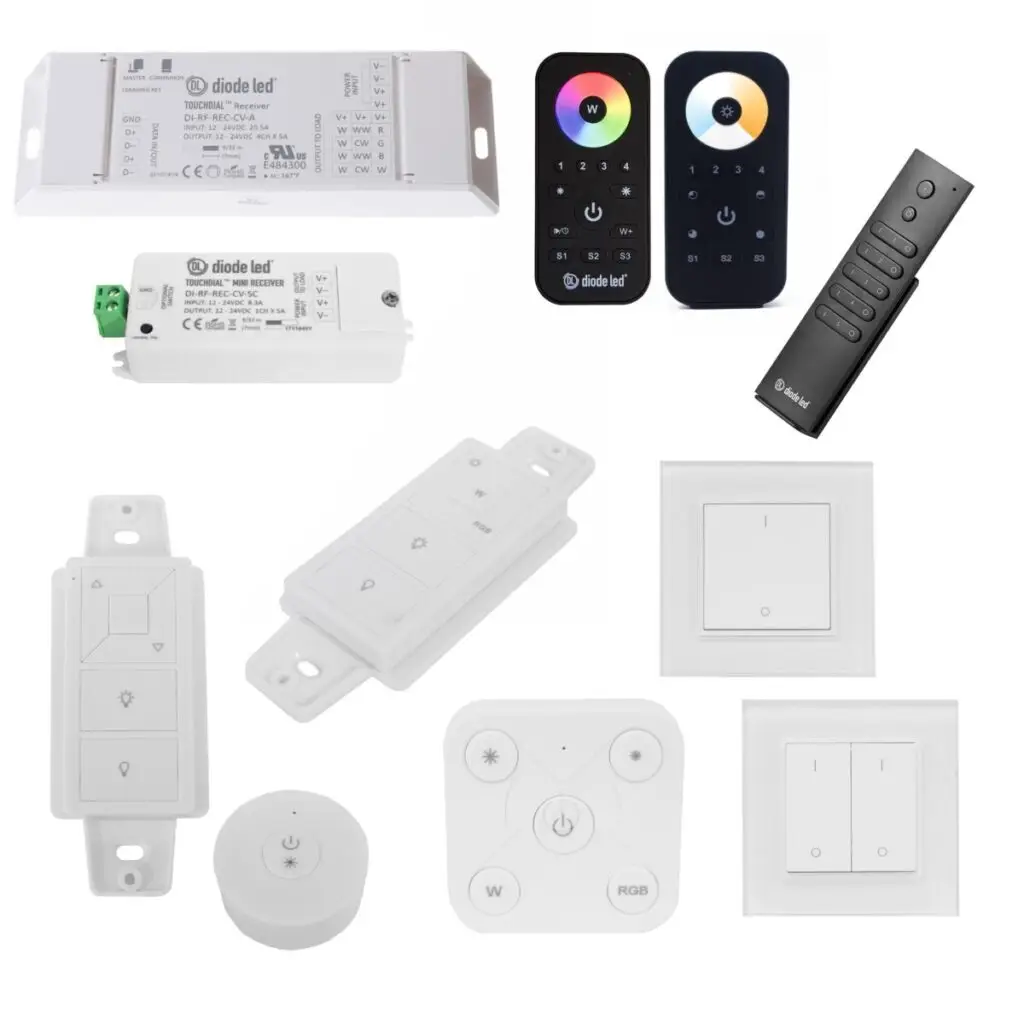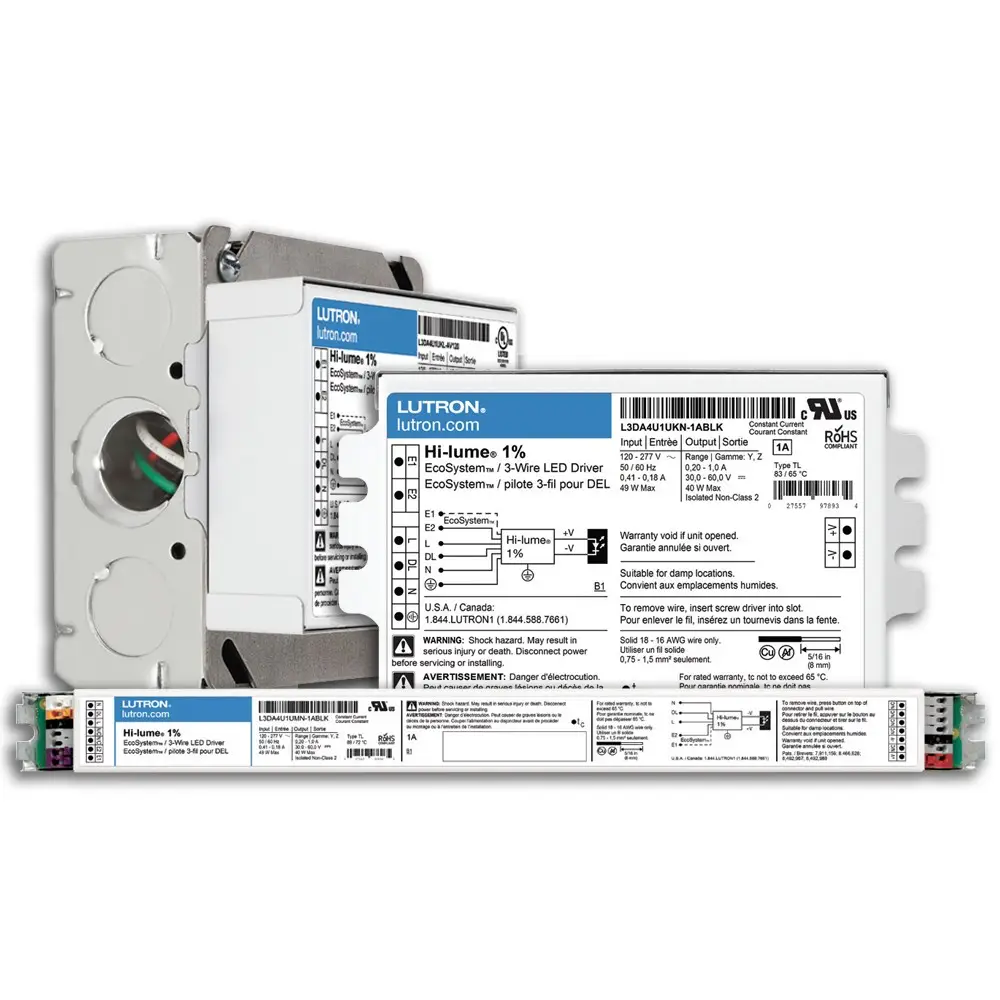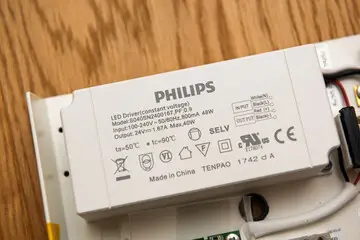Top 5 Features to Look for in an LED Driver for Ceiling Lights
When choosing an LED driver for ceiling lights, the right features can make a significant difference in performance, longevity, and overall efficiency. An LED driver is essentially the “heart” of an LED lighting system, regulating power to ensure that your lights operate at their best. With countless options on the market, it can be overwhelming to determine which features are truly essential. Here are the top five key attributes to consider when selecting an LED driver for ceiling light applications:
1. Dimmability and Compatibility with Control Systems
Modern lighting setups often rely on dimming capabilities to create the perfect ambiance, reduce energy consumption, and extend the lifespan of LED fixtures. When looking for an LED driver, check whether it supports popular dimming protocols, such as:
- 0-10V dimming: Common in commercial applications, allowing for smooth, continuous dimming.
- TRIAC (phase-cut) dimming: Compatible with many residential dimmers, offering a simpler installation process.
- DALI or Zigbee dimming: Ideal for advanced, networked lighting systems with centralized control.
Compatibility with your existing or planned control systems is crucial. Ensure the driver you select is tested and certified to work seamlessly with your chosen dimmers, smart home systems, or building management platforms. The better the compatibility, the more flexibility you’ll have in adjusting light levels and achieving energy efficiency.
2. Voltage and Current Regulation
LEDs require stable voltage and current to operate reliably. Poor regulation can result in flickering, reduced brightness, or even premature failure. Look for LED drivers that:
- Maintain constant current (CC): Ensures the LED receives a stable current regardless of voltage fluctuations, which is crucial for consistent performance and longevity.
- Provide a constant voltage (CV) option: Some ceiling lights may require a constant voltage driver. Make sure to match the driver type to your light’s requirements.
- Feature tight ripple and low total harmonic distortion (THD): This reduces flickering, improves efficiency, and ensures smoother light output.
Checking the driver’s specifications for acceptable voltage and current ranges, as well as its ability to handle fluctuations, will help you select a reliable and durable option.
3. High Efficiency and Low Power Loss
Energy efficiency is a major consideration in today’s lighting market. High-efficiency LED drivers translate to reduced energy costs and lower heat output. When evaluating a driver’s efficiency:
- Look for ratings of 85% or higher: A higher efficiency driver converts more of the electrical power into usable light, rather than losing it as heat.
- Check for compliance with energy standards: Drivers that meet or exceed standards like Energy Star or DLC (DesignLights Consortium) certifications ensure both energy savings and quality performance.
A more efficient driver not only saves money over time but also minimizes environmental impact, making it a smart choice for residential and commercial applications alike.
4. Compact Design and Thermal Management
Ceiling light installations often have limited space for components. A compact, lightweight LED driver is easier to fit into tight spaces and simplifies installation. Additionally, thermal performance is critical—LED drivers can generate heat, and poor heat management can lead to premature failure. Features to look for include:
- Small form factor: Ensures easy installation in shallow ceiling spaces or within slim fixtures.
- Thermal protection and heat sinking: Built-in thermal management helps prevent overheating and extends the driver’s lifespan.
- Rugged construction: Durable materials and proper enclosure ratings (such as IP ratings for dust and moisture resistance) ensure reliable performance in various environments.
Compact, well-designed drivers that manage heat effectively and fit easily into your fixtures lead to a more streamlined and trouble-free lighting setup.
5. Reliable Certifications and Standards Compliance
Safety and reliability should never be compromised. LED drivers that meet recognized industry standards and certifications offer peace of mind. Look for drivers with:
- UL, ETL, or CSA certifications: These demonstrate that the driver meets strict safety requirements and has undergone rigorous testing.
- FCC compliance: Ensures the driver doesn’t cause unwanted interference in electronic devices.
- Energy efficiency standards: Certifications like Energy Star or DLC indicate that the driver is both high-performing and environmentally friendly.
Certified LED drivers not only enhance safety but also improve credibility, especially for contractors and designers working on commercial or residential projects.
Conclusion
Choosing the right LED driver for ceiling lights requires a careful evaluation of features that impact performance, efficiency, and reliability. By focusing on dimmability and control compatibility, stable voltage and current regulation, high efficiency, compact design, and proper certifications, you can ensure that your lighting system operates smoothly and stands the test of time. Ultimately, investing in a high-quality LED driver will lead to better light quality, longer-lasting fixtures, and significant energy savings.


